Introduction to Yinxu
Yinxu, the site of the ancient city of Yin, marks a significant chapter in Chinese history. Located in Henan province near Anyang, it served as the last capital of the Shang dynasty, thriving through the reign of 12 kings over 255 years from around 1300 BC to 1046 BC. The discovery of Yin xu in 1899, led to the identification of the earliest known Chinese writing through oracle bones, making it a pivotal archaeological find. In 2006, it gained recognition as a UNESCO World Heritage Site.
Get your dose of History via Email
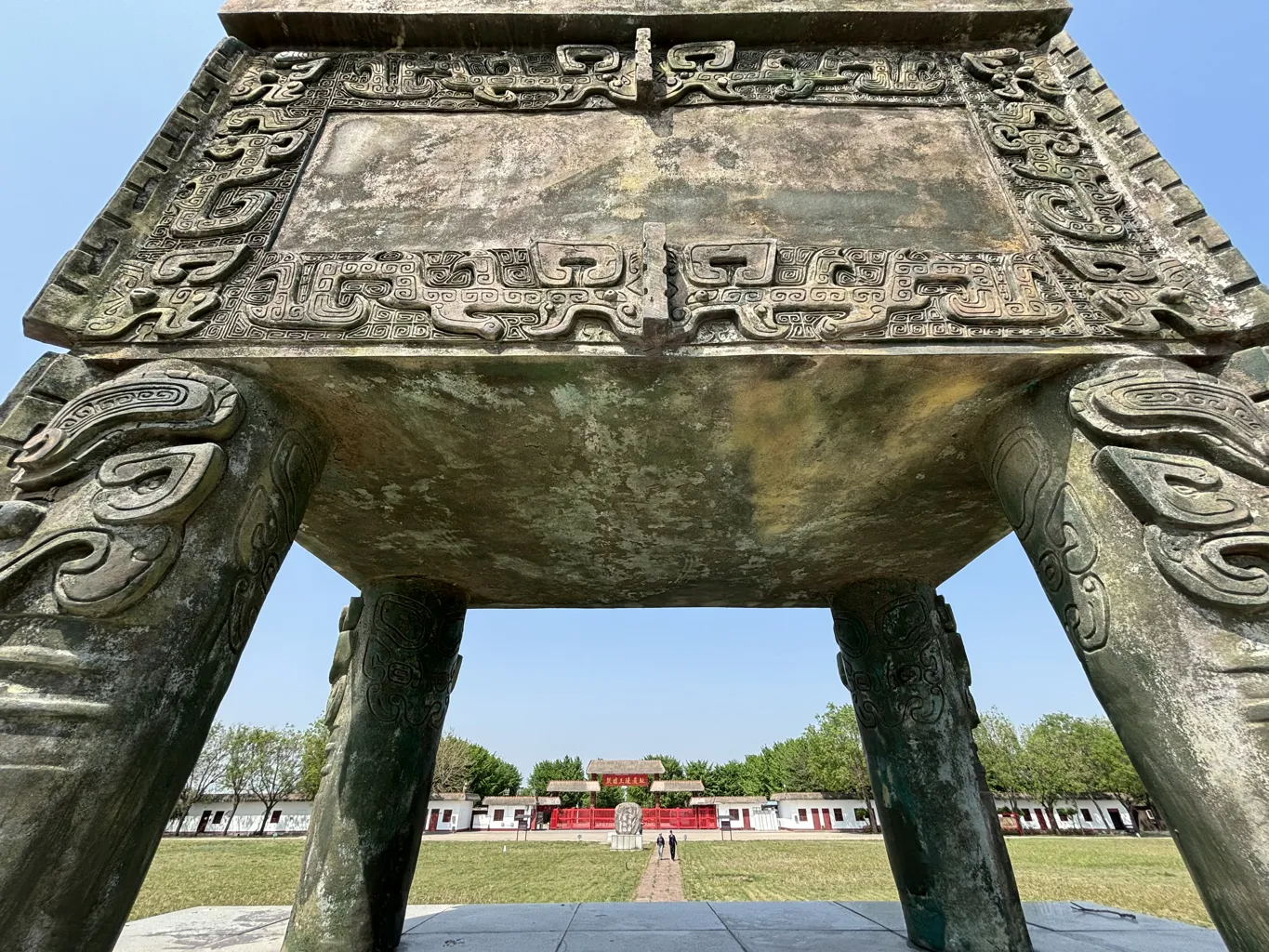
The Historical Significance of Yinxu
The name “Yin” was not used for the Shang dynasty’s capital until the Zhou dynasty. Earlier texts like the oracle bones referred to it as Dàyì Shāng. King Wu Ding, who reigned during the dynasty’s zenith, launched numerous military campaigns from Yin. However, the dynasty eventually declined under King Zhou’s rule, whose notorious governance led to the dynasty’s overthrow by the Zhou. After its abandonment, Yinxu lay forgotten until rediscovered in the late Qing dynasty, providing scholars with invaluable insights into the Shang era.
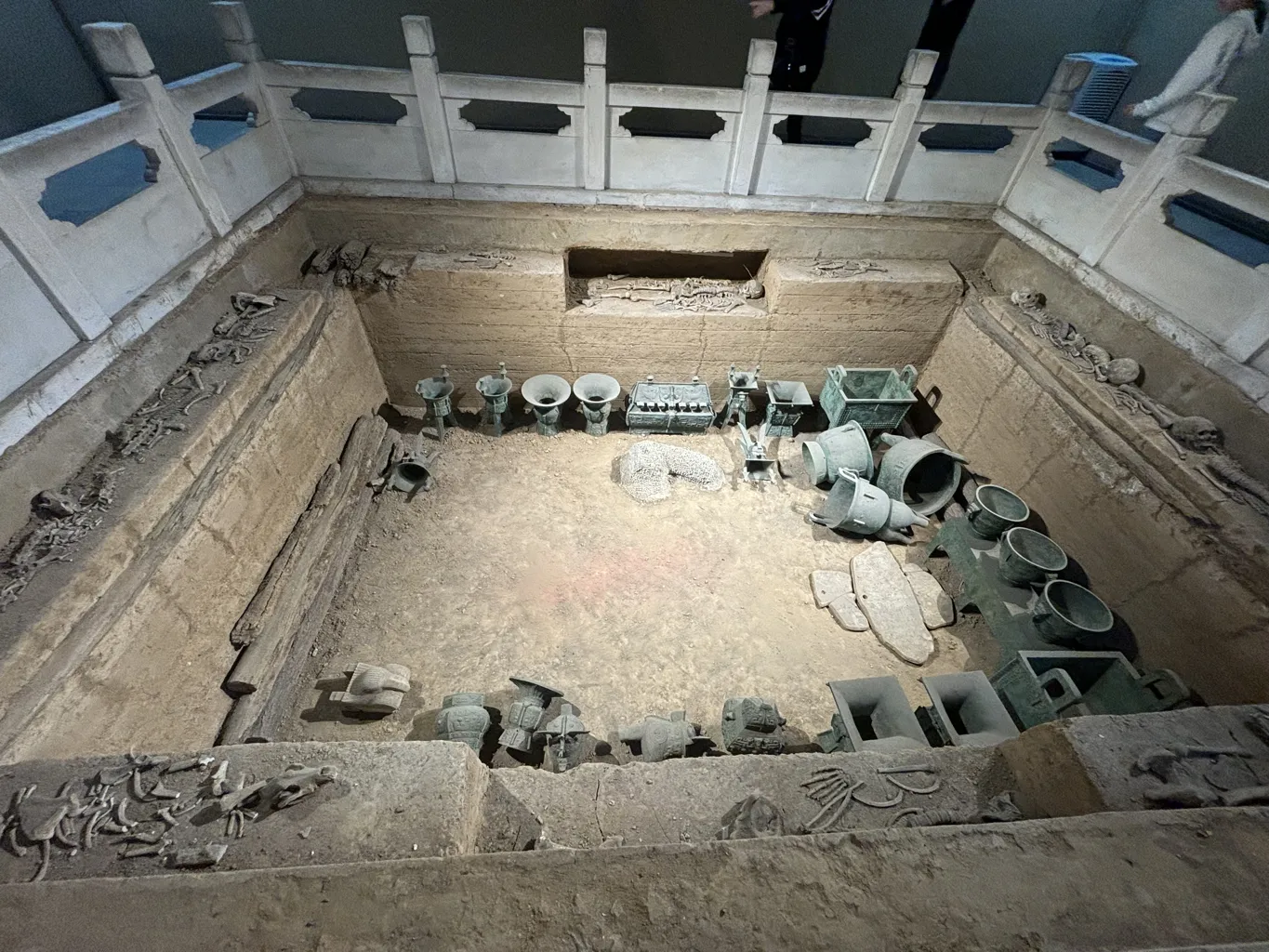
Archaeological Discoveries at Yinxu
The systematic excavation of Yinxu began in 1928, led by Li Ji. These excavations unearthed a royal palace, several royal tombs, and over 100,000 oracle bones. These findings confirmed the sophisticated script and governance of the Shang dynasty. The site spans 30 km² and includes remnants of palaces, temples, and tombs, highlighting its historical and cultural significance.
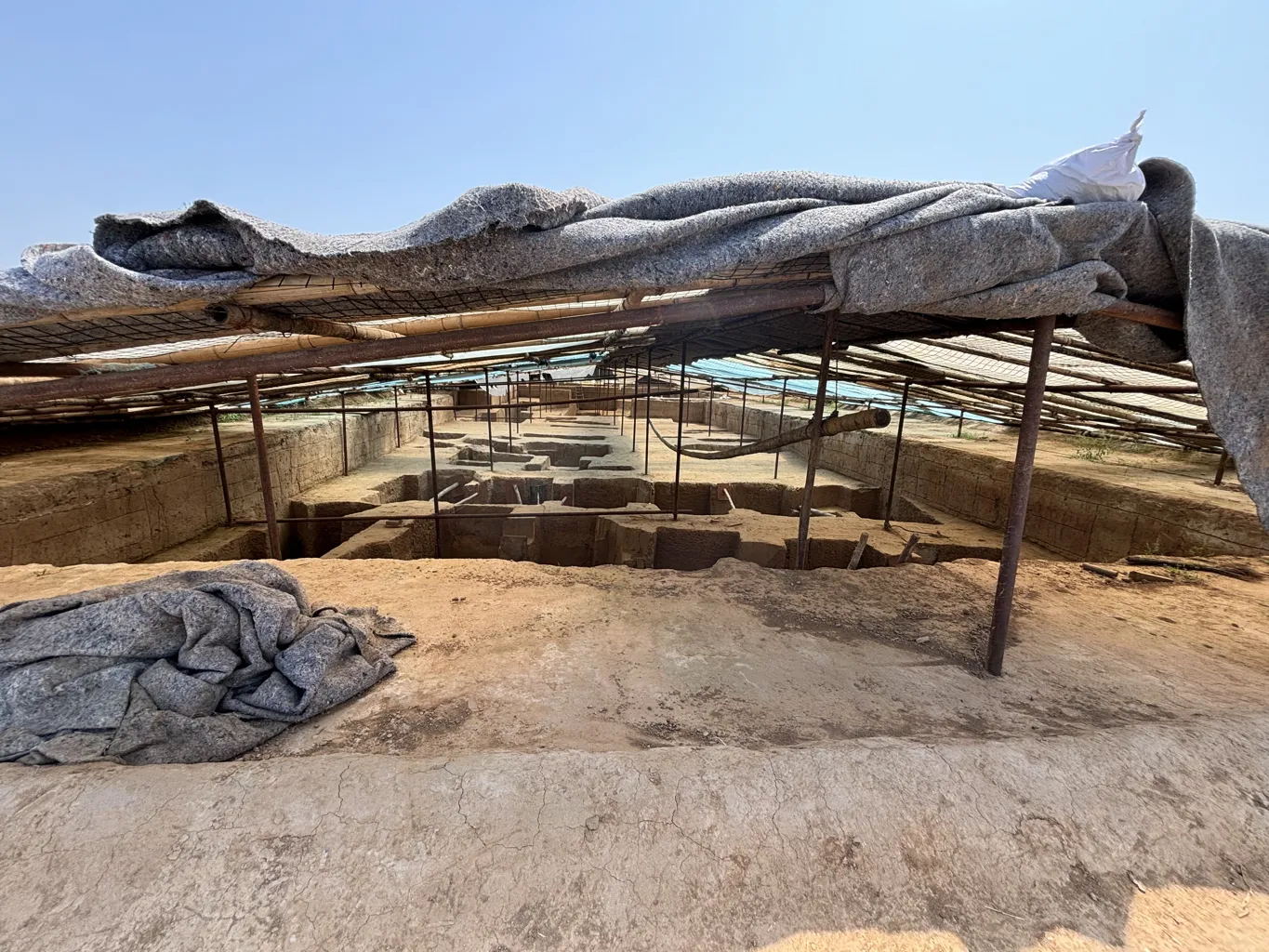
The Fall of the Shang Dynasty
King Zhou’s rule highlighted the decline of the Shang dynasty. His harsh laws and indulgent lifestyle alienated the nobility, setting the stage for the Zhou dynasty’s rise. After the Zhou overthrew the Shang, the capital moved to Fenghao, and Yin was abandoned. This once-great city slipped into the realm of legend until its rediscovery in the late Qing dynasty.
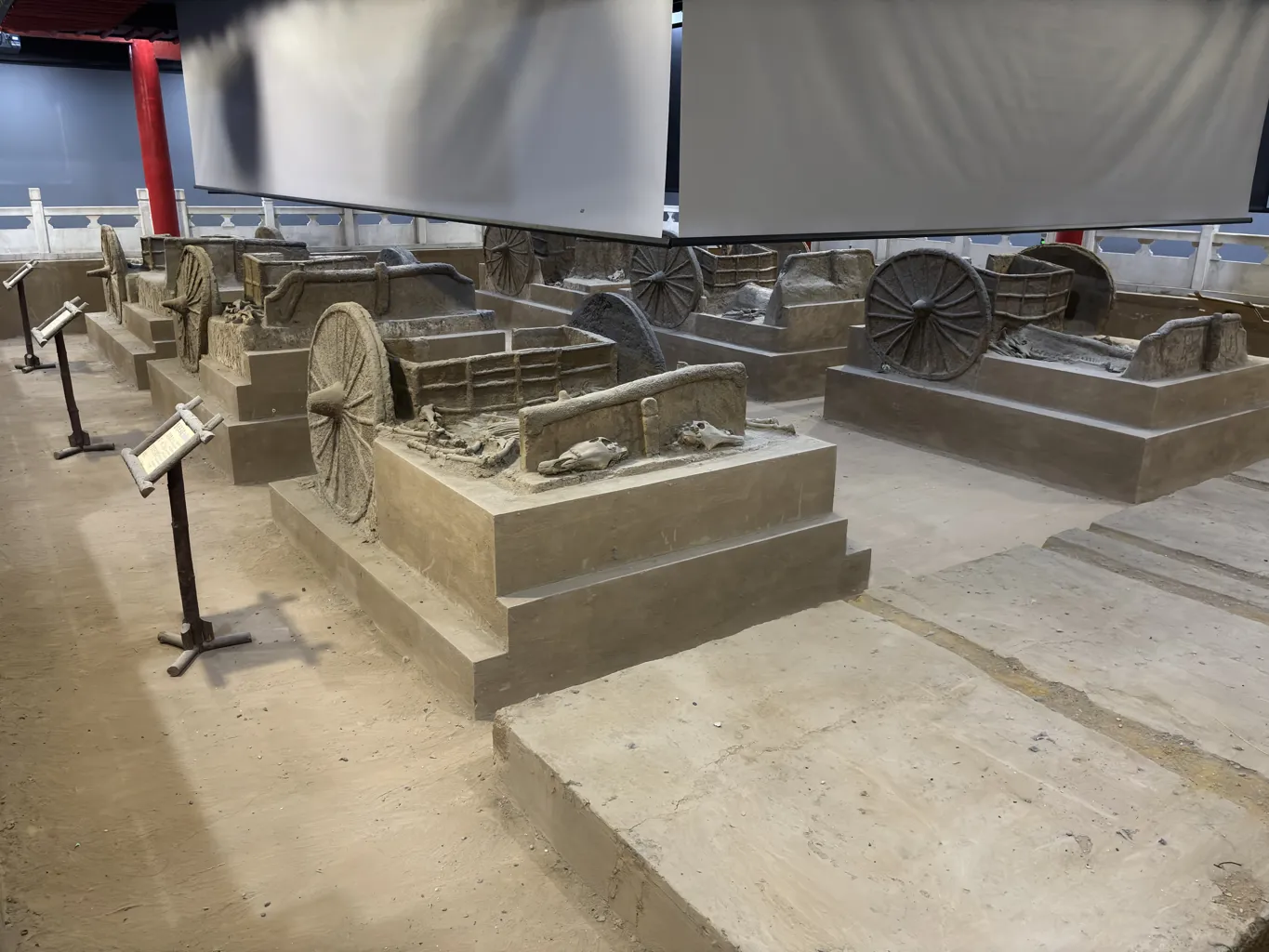
Discovery of Oracle Bones
Since the early 20th century, Yinxu has been a focal point for archaeological studies. The first official excavations in the 1920s revealed a wealth of artifacts, including royal tombs and over 100,000 oracle bones. Wang Yirong’s recognition of these artifacts as ancient script was pivotal. Unfortunately, this discovery also sparked widespread looting, significantly dispersing these historical treasures.
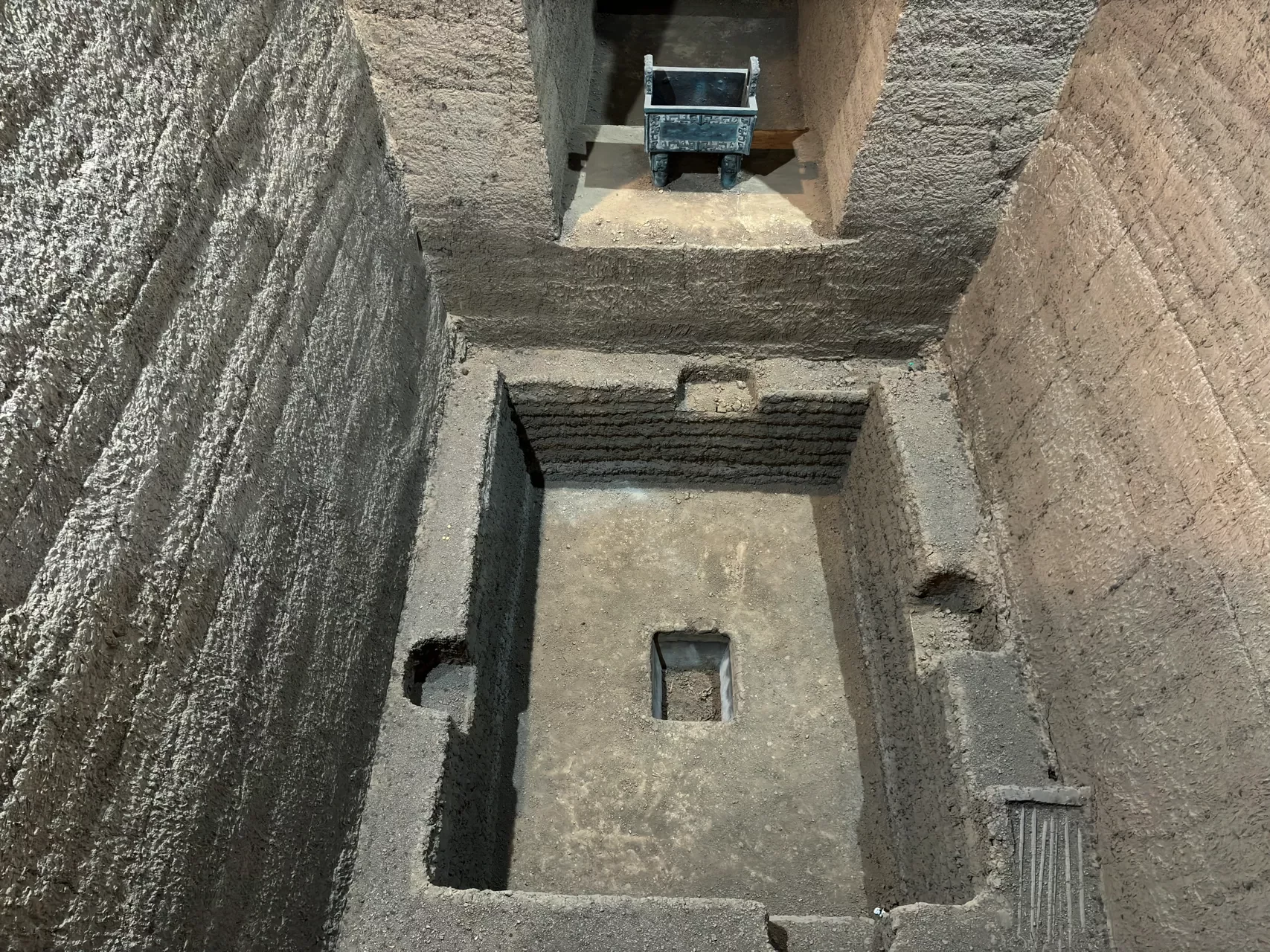
Chronology of Yinxu
Archaeologists have divided Yinxu into four main periods, correlating with different kings and oracle bone scripts. These periods help scholars understand the chronological development of the site and its historical context within the Shang dynasty.
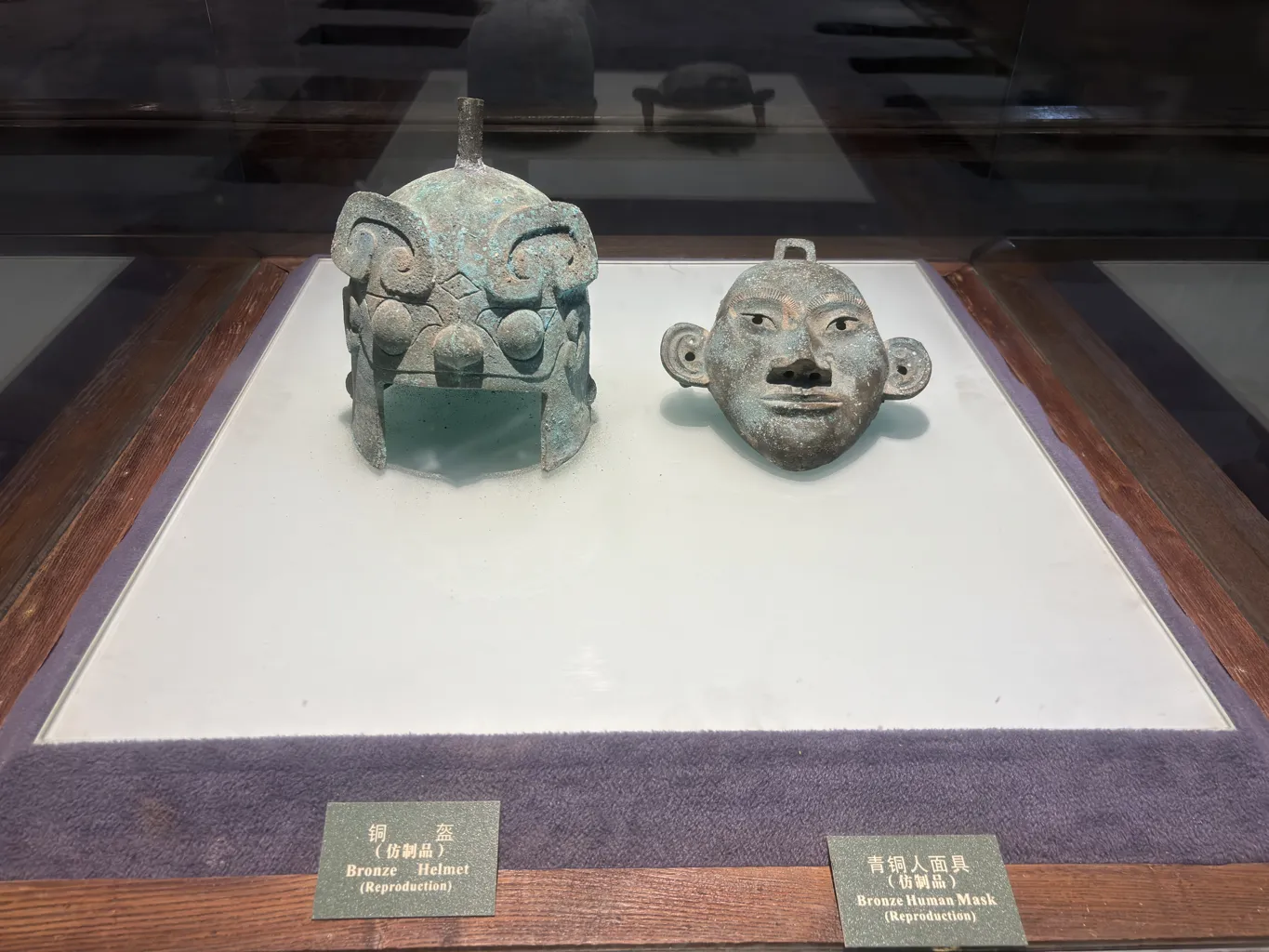
The Tomb of Lady Fu Hao
Among the most significant finds at Yinxu is the Tomb of Lady Fu Hao, discovered intact in 1976. As a military leader and royal consort, her tomb provided invaluable insights into Shang dynasty burial practices and social hierarchy.
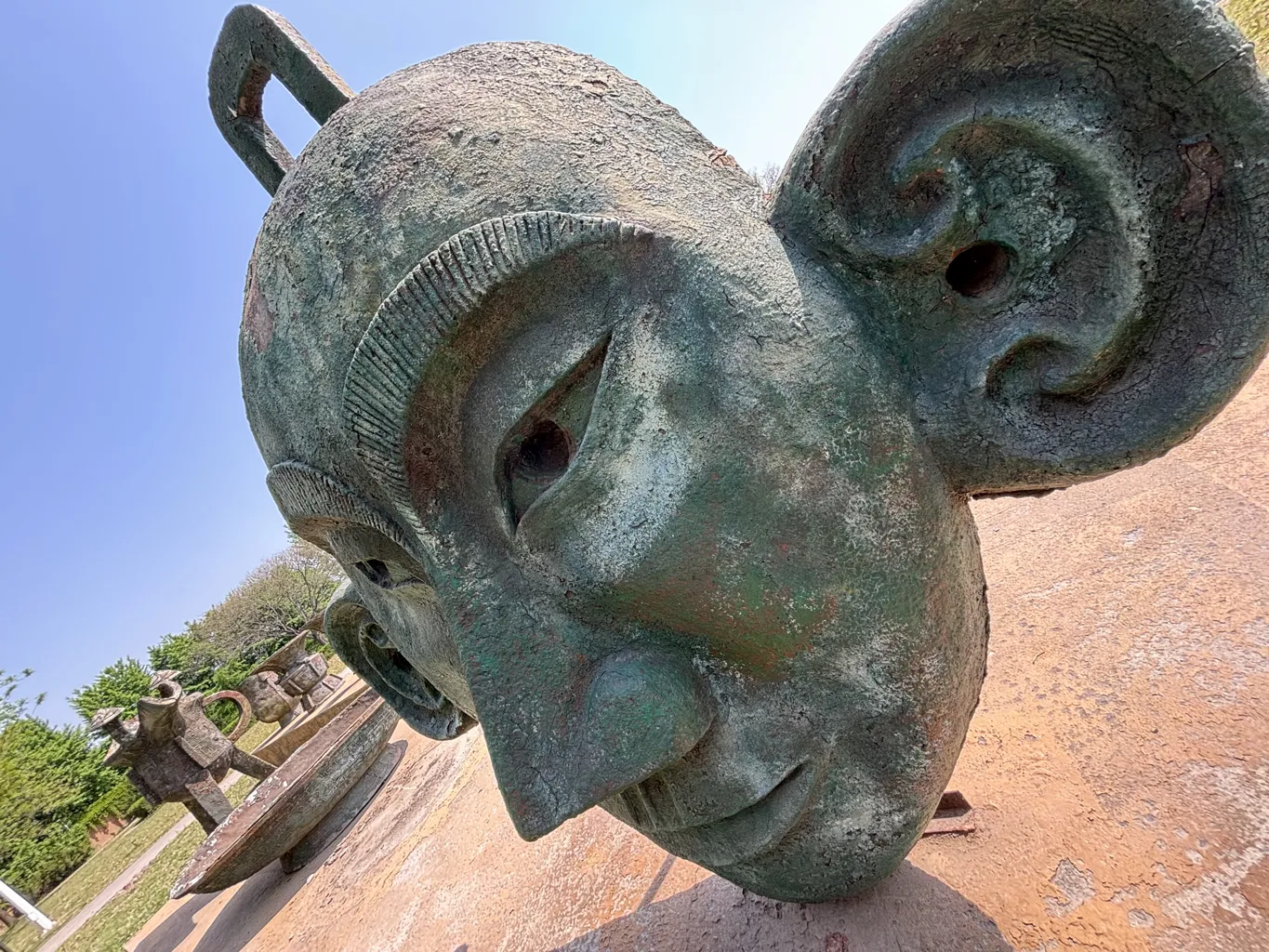
The Chariot Pits of Yinxu
One of the most fascinating aspects of Yinxu is the Exhibition Hall of Chariot Pits. Discovered in the areas around Liujiazhuang and Xiaomintun villages, these pits contained the remains of chariots and horses, along with human sacrifices, providing a stark glimpse into the ritualistic aspects of Shang society. These pits, dating back to the reigns of the Shang kings, are among the earliest evidence of animal-driven carts in Chinese history.
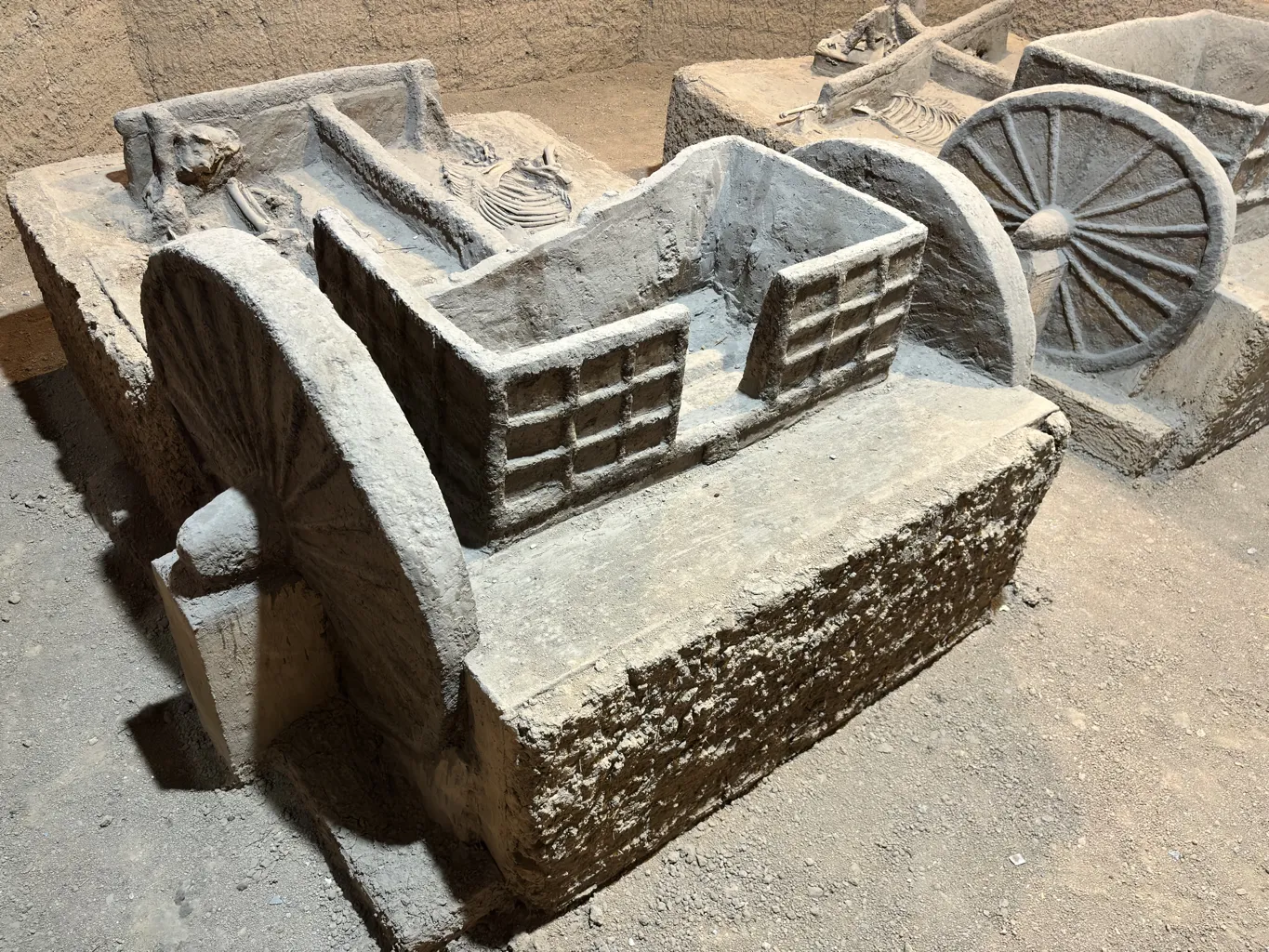
The Cultural and Historical Impact of the Chariot Pits
The chariot pits at Yinxu are not merely archaeological artifacts; they represent the complex social and religious practices of the Shang dynasty. The inclusion of human sacrifices in these pits underscores the importance of ritual and ceremony in maintaining royal authority and appeasing spiritual entities. Moreover, the discovery of a wide Shang dynasty road near these pits at the Anyang Aero Sports School in 2000 provides further evidence of a well-planned urban settlement capable of supporting extensive trade and military activities.
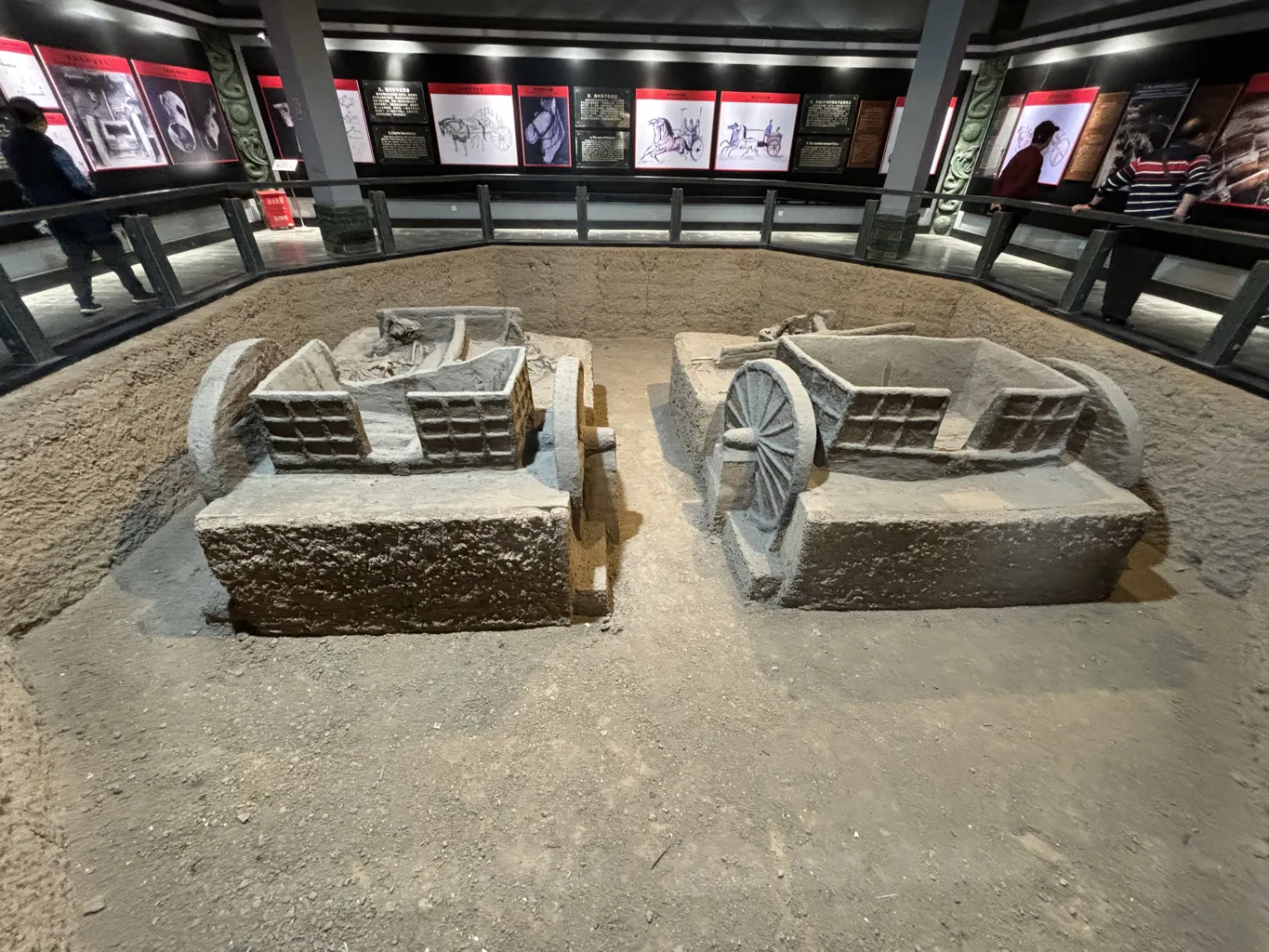
Conclusion
Yinxu remains a cornerstone in the study of ancient Chinese civilizations. Its complex history and the ongoing archaeological discoveries continue to contribute to our understanding of early Chinese society, its governance, and cultural expressions.
Sources:

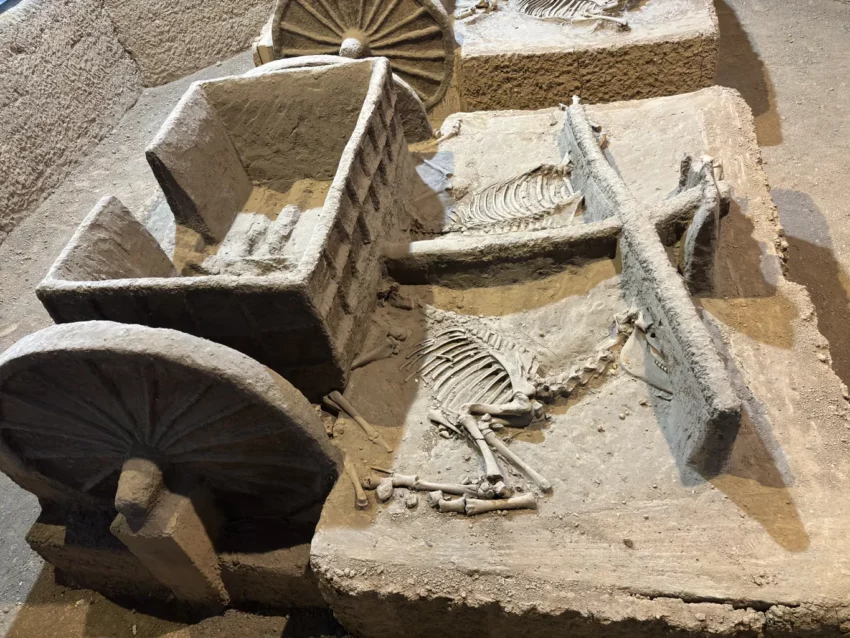
It is interesting to find that the Mesoamerican cultures were not the only ones practicing human sacrifice